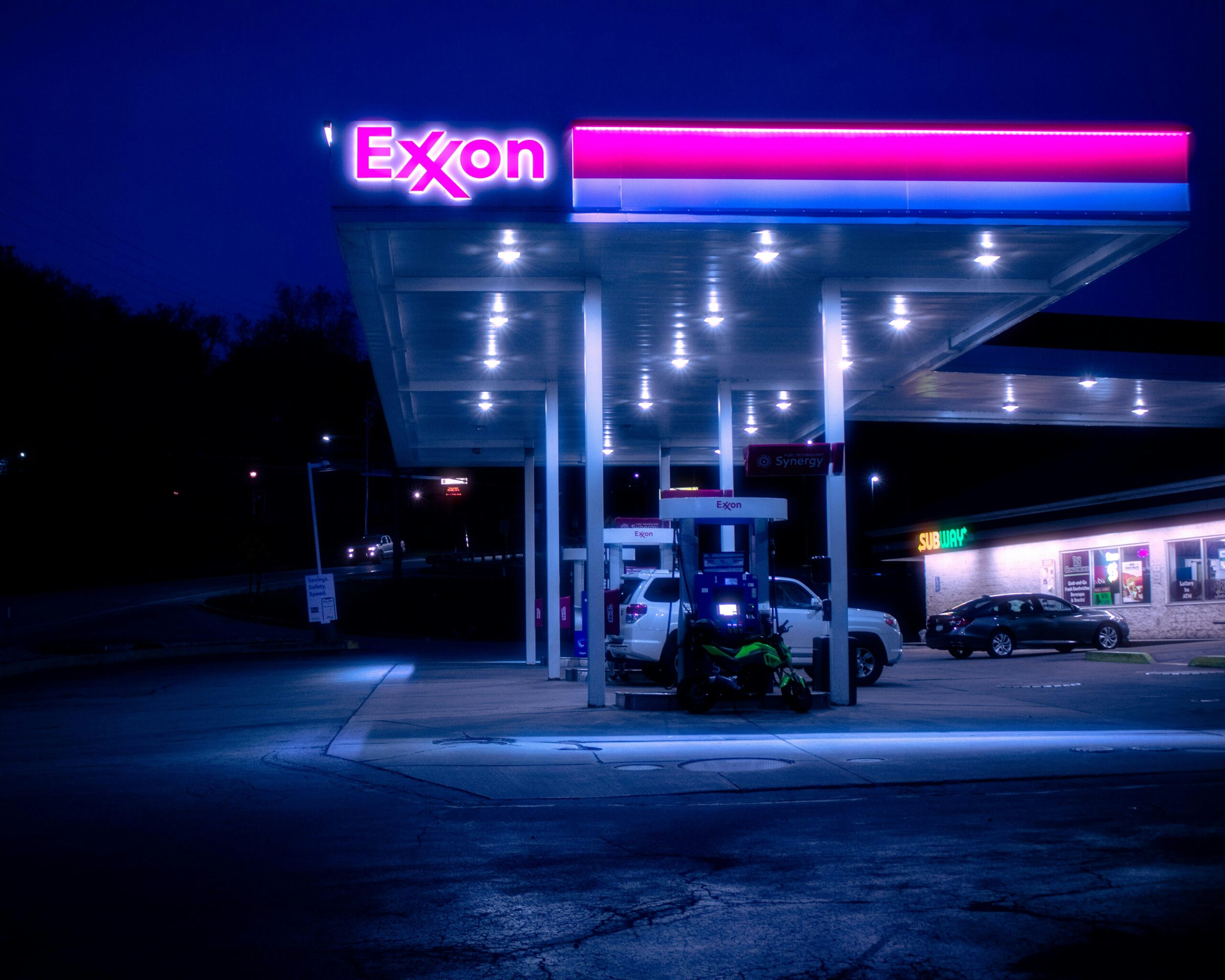Climate accountability is coming for Big Oil. That message came tucked in a recent news release from Phillips 66, as it became the first oil refiner in the United States committed to lowering the emissions intensity of its indirect emissions, pledging a 15% reduction by 2030. Less than a week later, Chevron followed, though with a less-ambitious target.
It’s both a dramatic turn for an industry that has argued vociferously against setting exactly that type of target, and a critical one. Indirect, or ‘scope 3’, emissions include those generated when consumers burn purchased fuels. For an oil and gas company, total scope 3 emissions are typically seven to 10 times larger than operational emissions from activities such as extraction and transport – previously the only types addressed in company commitments.
Oil and gas companies in particular have dragged their feet on addressing scope 3 emissions, — after all, their historic core business model rests on selling trillions of barrels of fuel that, when used, necessarily create greenhouse gas emissions. While a handful of European oil companies have set scope 3 targets, such ambition has been virtually non-existent in the United States.
Investor pressure
Notably, the flip came just a few months after 80% of investors at the Phillips 66 annual meeting supported a shareholder proposal from advocacy group Follow This, calling for both direct and indirect emissions reduction targets. Investors clamored broadly for action last spring, as similar proposals also won majorities at Chevron and ConocoPhillips. All three are focus companies of Climate Action 100+, the world’s largest investor engagement initiative on climate change.
Most recently, ExxonMobil announced an emissions goal that ignores scope 3 — even compared to industry peers, Exxon’s target is a day late and many dollars short. Notably, last year Exxon did not face a shareholder vote on emissions reductions like those seen at Phillips66 and Chevron, but that may change at this spring’s annual meeting.
Phillips 66 hadn’t publicly signaled an intent to reverse course since it advised investors to vote against the shareholder proposal, calling it “unnecessary.” So, the recent announcement was a surprise even to industry insiders, both for its abruptness and its arrival in a concise, quietly circulated press release.
That contrasted with Chevron’s splashy, yet less-substantive announcements. The first, in mid-September, trumpeted a commitment to invest in low-carbon portions of its business model (never mind that it would raise renewable fuels to just 7% of Chevron’s refinery output, and not until 2030.) The next showcased a net zero “aspiration” that covered only operational commitments, and a baby-step target to reduce scope 3 emissions intensity by 5%.
Raising the bar
To be clear, Phillips 66’s more-ambitious commitment still falls far below the level of action needed from the oil and gas industry. A focus on emissions intensity, rather than absolute emissions, leaves the door open for companies to meet their targets while continuing to increase their fossil fuel footprint so long as they sufficiently expand clean-energy portions of their operation by comparison. That would run counter to a spring report from the International Energy Agency, prescribing no new oil and gas field development in a Paris-aligned world.
Nonetheless, the companies’ about-face indicates that, despite a historic resistance to setting any sort of scope 3 target, the industry can be moved. The significance of a large oil and gas company not only admitting that scope 3 reductions are possible, but worthwhile, cannot be overlooked and raises the bar one notch higher for the entire oil and gas industry.
We now need increased ambition across the entire sector. Yes, it is possible for an oil and gas company to decrease its individual emissions by selling off assets. But to meaningfully reduce sectoral emissions, assets must be retired, not simply spun off to a smaller producer. By the time the early-October oil spill occurred in California, for example, the pipeline that caused it had passed through the books of a chain of ever-smaller companies. Regardless of ownership, the danger such operations pose to the ecosystem, and the climate, never disappear.
That’s why Ceres launched our Ambition 2030 initiative, which is working to decarbonize the six highest emitting sectors in the economy. When big companies act on ambitious commitments, impacts percolate through their supply chain and create a competitive cascade among peers. Investor pressure can be a key accelerant of change, as demonstrated by current company responses to last springs’ shareholder proposal victories.
Worldwide, scope 3 ambition is slowly rising in the oil and gas sector. Shell was the first oil and gas company to commit to addressing scope 3 in 2017, and it has gradually upped its targets since. In the past six months, we’ve seen some European companies, including Repsol, BP and Eni, introduce scope 3 goals with absolute, rather than intensity, bases.
Each commitment sets a precedent for the rest of the industry. Still, nobody is planning for the full transition from fossil fuels. That poses clear danger for our climate, but also for investors as well as companies, who should be aware that this transition may outrun their penchant for tiny steps. Companies now face the possibility of legal accountability for emissions, and an increased risk of stranded assets if they continue to invest capital in fossil fuels, as countries follow through on Paris Agreement commitments.
These risks are why investors are upping the ante and standing ready to hold companies accountable to their commitments. Past investor proposals focused simply on scope 3 disclosure. Now, they call for firm emission reduction targets aligned with the reality of an urgent low carbon transition. Phillips 66 may have been the first U.S. refiner to set scope 3 targets, but it won’t be the last.Andrew Logan is senior director of oil and gas at Ceres.












